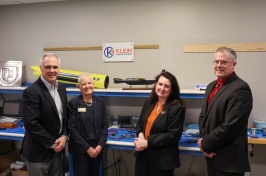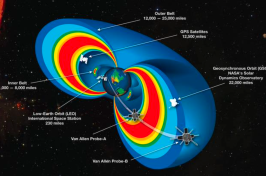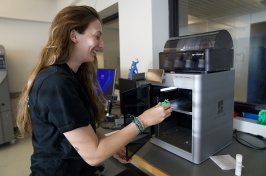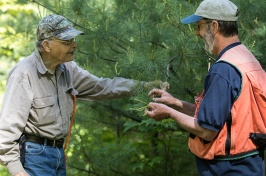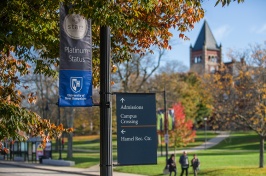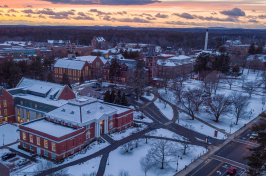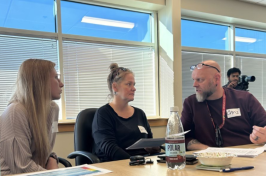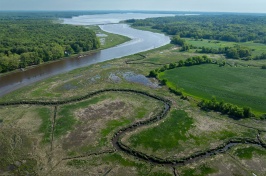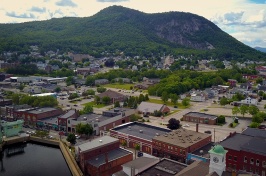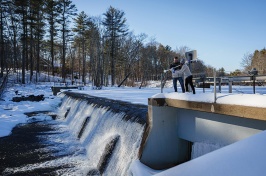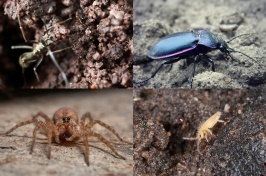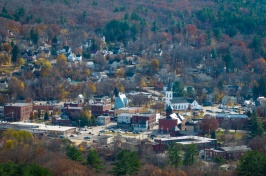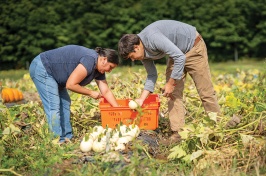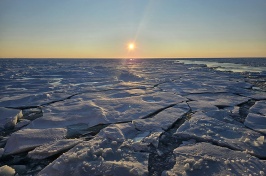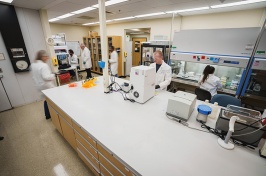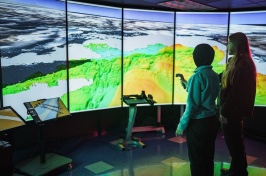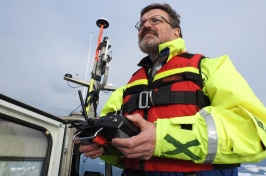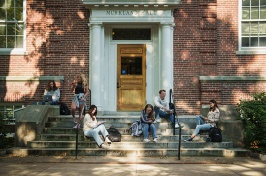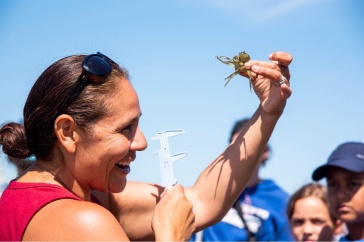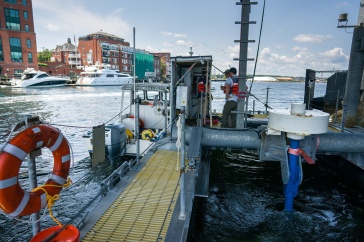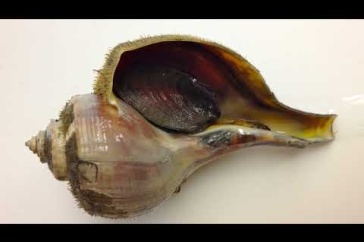The triple designation signifies a collaboration between the U.S. government partners and UNH to produce and share research grounded in solutions that understand and improve the world around us.
.
Land Grant
Land grant universities like UNH trace their roots to the Morrill Acts of 1862 and 1890, which provided federal funding to states, secured by selling land primarily in the western U.S., for new or existing universities. The law specified that land- grant universities focus on teaching “practical” curriculum — agriculture, science, engineering and military tactics
— in addition to the classical curriculum that dominated most existing colleges at the time. The Hatch Act (1887) and the Smith-Lever Act (1914) established agricultural experiment stations and Cooperative Extension services at land grant universities, providing funding for and a mandate to create real-world knowledge and disseminate it to end users, primarily in rural communities. Rooted in this land grant mission, UNH research seeks solutions that keep New Hampshire’s people, communities and economy strong.

UNH boasts the longest continuous cucurbit breeding program in North America, resulting in more than 100 new varieties of squash, pumpkins, gourds and melons sold in seed catalogs around the world.
Sea Grant
The National Sea Grant College Program, instituted in 1966 and administered by NOAA, is a national network of 34 university-based programs at colleges in every coastal and Great Lakes state. Created as a parallel to the land grant concept, Sea Grant institutions combine research that answers critical questions, education to train a marine workforce and extension that connects science with communities that use it. Its end goal is to create and maintain a healthy coastal environment and economy.

Space Grant
NASA administers the Space Grant program, a network of consortia in every state established in 1989; UNH leads New Hampshire’s Space Grant consortium. Space Grant institutions work to expand opportunities for Americans to understand and participate in NASA’s aeronautics and space projects by supporting and enhancing science and engineering education, research and public outreach efforts.

-
Written By:
Beth Potier | UNH Marketing | beth.potier@unh.edu | 2-1566







